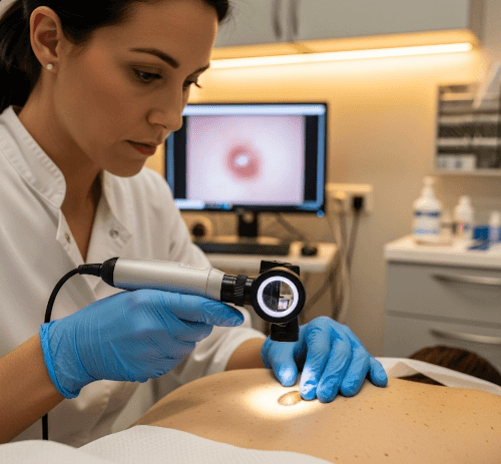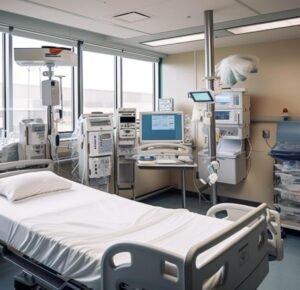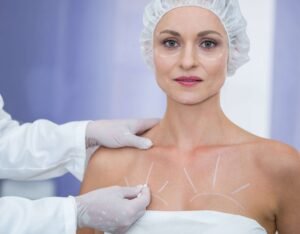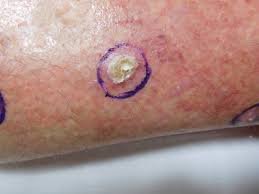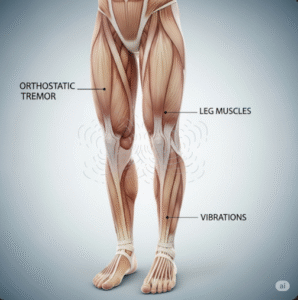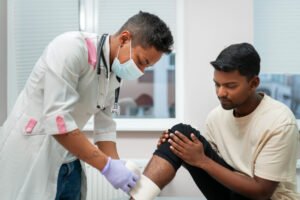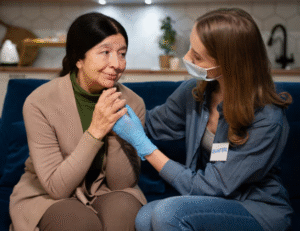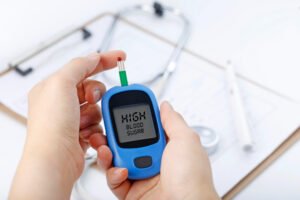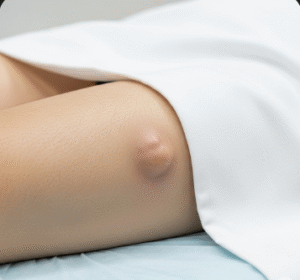What it is
Dermatoscopic evaluation is a diagnostic method in dermatology that uses a dermatoscope—a handheld device equipped with magnification and polarized or non-polarized light—to examine the structures of the skin in detail.
This technique allows dermatologists to see subsurface skin features not visible to the naked eye, such as:
- Pigment distribution and networks
- Blood vessel patterns
- Keratin and collagen structures
- Hidden irregularities in moles and lesions
💡 In Korea, dermatoscopic evaluation is widely used during skin checkups, mole removal consultations, acne scar assessments, and pigmentation analysis. Many dermatology clinics combine it with digital imaging and AI-assisted diagnostics for precise monitoring.
Why it’s done
Dermatoscopic evaluation is performed for both medical and cosmetic reasons:
✔ To differentiate benign moles from suspicious lesions (early melanoma detection)
✔ To assess pigmented lesions, freckles, sunspots, or age spots
✔ To plan mole removal (shave, punch, or laser) with precision
✔ To monitor skin changes over time in high-risk patients
✔ To support cosmetic treatments (e.g., pigmentation lasers, acne scar therapy) by mapping target areas
In Korea, where skin clarity and mole aesthetics are highly valued, dermatoscopic evaluation is often the first step in mole removal or pigmentation treatment programs.
Alternatives
While dermatoscopy is the gold standard for non-invasive skin examination, alternatives include:
➡️ Naked-eye clinical evaluation – Quick but less detailed.
➡️ Skin biopsy – Definitive diagnostic method but invasive.
➡️ Digital skin analysis devices – Used in K-beauty clinics for pigmentation and hydration scans.
Dermatoscopy bridges the gap by providing detailed visualization without the need for invasive procedures.
Preparation
Before dermatoscopic evaluation in Korea:
- 🔹 No special preparation needed.
- 🔹 Patients should avoid heavy makeup, sunscreen, or tinted creams on the examination area.
- 🔹 Existing skin history (family history of skin cancer, sun exposure, mole changes) may be reviewed.
How it’s Done
The procedure is simple, painless, and quick:
- Cleansing → The skin area is gently cleaned if needed.
- Dermatoscope application → The device is placed directly on the skin (sometimes with a contact gel or oil for clarity).
- Magnified examination → The dermatologist inspects patterns of pigmentation, vascularity, and surface structures.
- Digital capture (in many Korean clinics) → Images stored for comparison in follow-up visits.
- Treatment planning → Depending on findings, recommendations may include laser therapy, mole removal, or biopsy.
⏳ Duration: 5–15 minutes per session
📅 Frequency: Once for evaluation, or periodically for monitoring high-risk patients
Recovery
There is no recovery time since dermatoscopic evaluation is completely non-invasive.
➡️ Patients can resume normal activities immediately.
➡️ If suspicious findings are detected, follow-up procedures (laser, excision, or biopsy) may be scheduled.
Complications
Dermatoscopic evaluation is extremely safe, but limitations include:
⚠ Possible issues:
- Cannot always definitively diagnose cancer → biopsy may still be needed.
- May show benign irregularities that require monitoring.
- False reassurance if lesions change after the initial check.
Korean dermatologists address this by combining dermatoscopy with biopsy, digital monitoring, and AI-enhanced diagnostic tools for greater accuracy.
Treatment Options in Korea
In Korea, dermatoscopic evaluation is integrated into dermatology and cosmetic practices:
🇰🇷 Popular Uses in Korean Clinics:
- Routine mole checkups → To decide whether removal is needed.
- Pigmentation mapping → For melasma, freckles, and age spots before laser treatment.
- Post-procedure monitoring → After mole removal or skin resurfacing.
- Skin cancer screening → For patients with multiple nevi or family history.
- AI-assisted skin analysis → Many Korean clinics use dermatoscopes linked with imaging software for detailed tracking.
✅ Final Thoughts
Dermatoscopic evaluation in Korea is a highly precise, safe, and non-invasive diagnostic tool that plays a critical role in mole assessment, pigmentation treatment planning, and skin cancer screening. It bridges the gap between a simple visual check and invasive biopsy, making it an essential first step in both medical dermatology and K-beauty aesthetic care.
With Korea’s emphasis on advanced technology, digital monitoring, and cosmetic detail, dermatoscopic evaluation ensures that treatments are safe, accurate, and customized for each patient.

